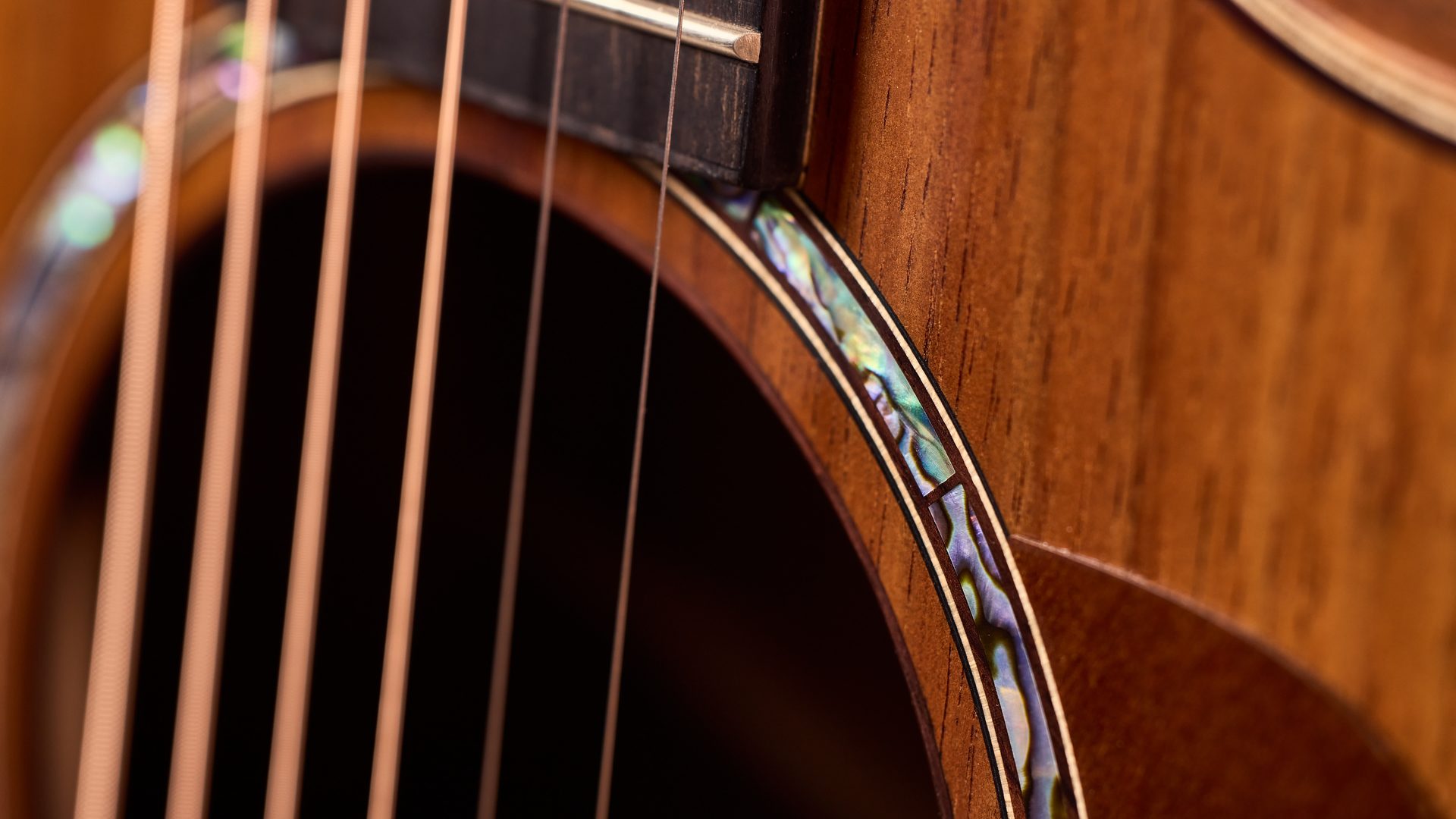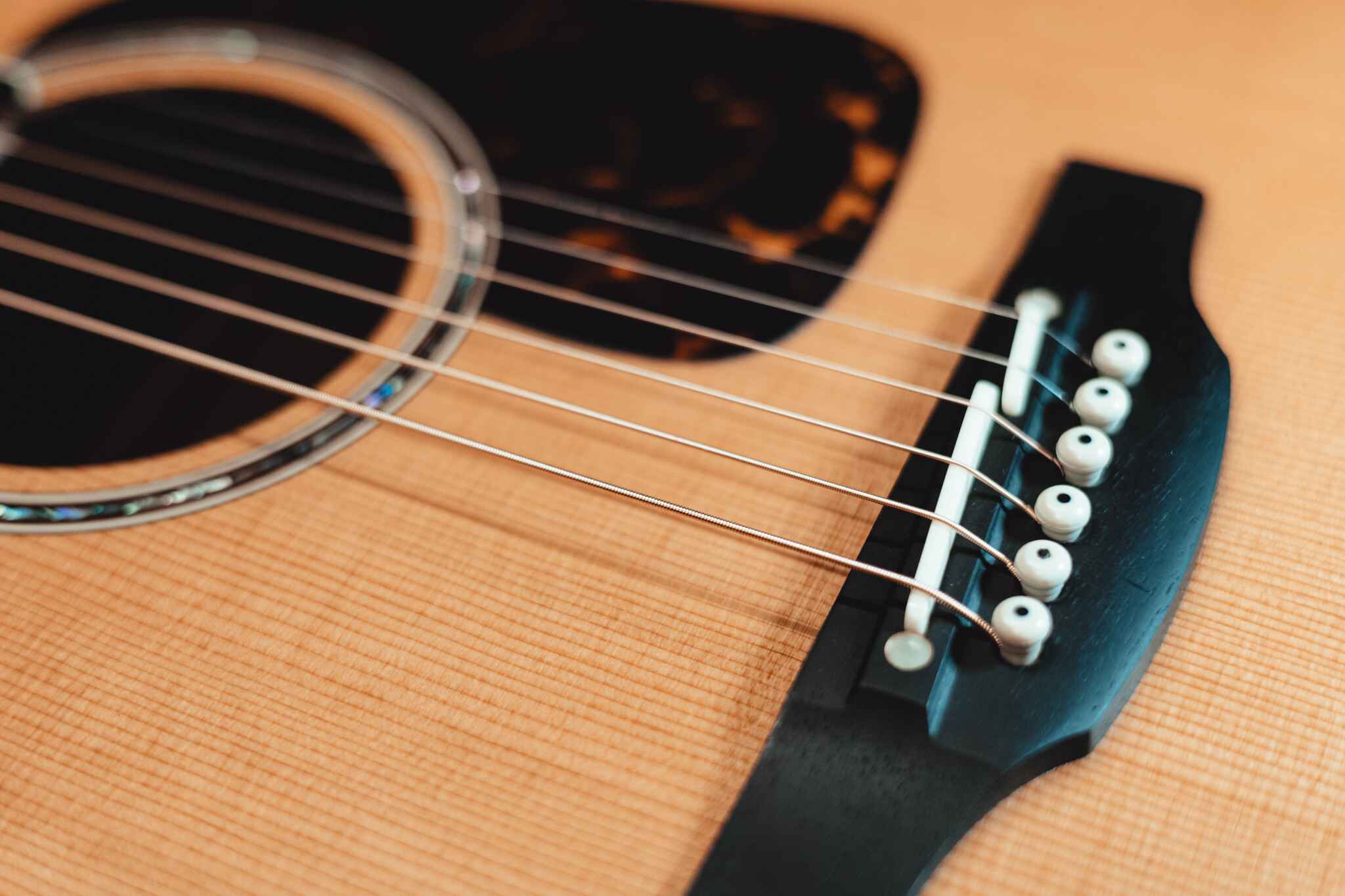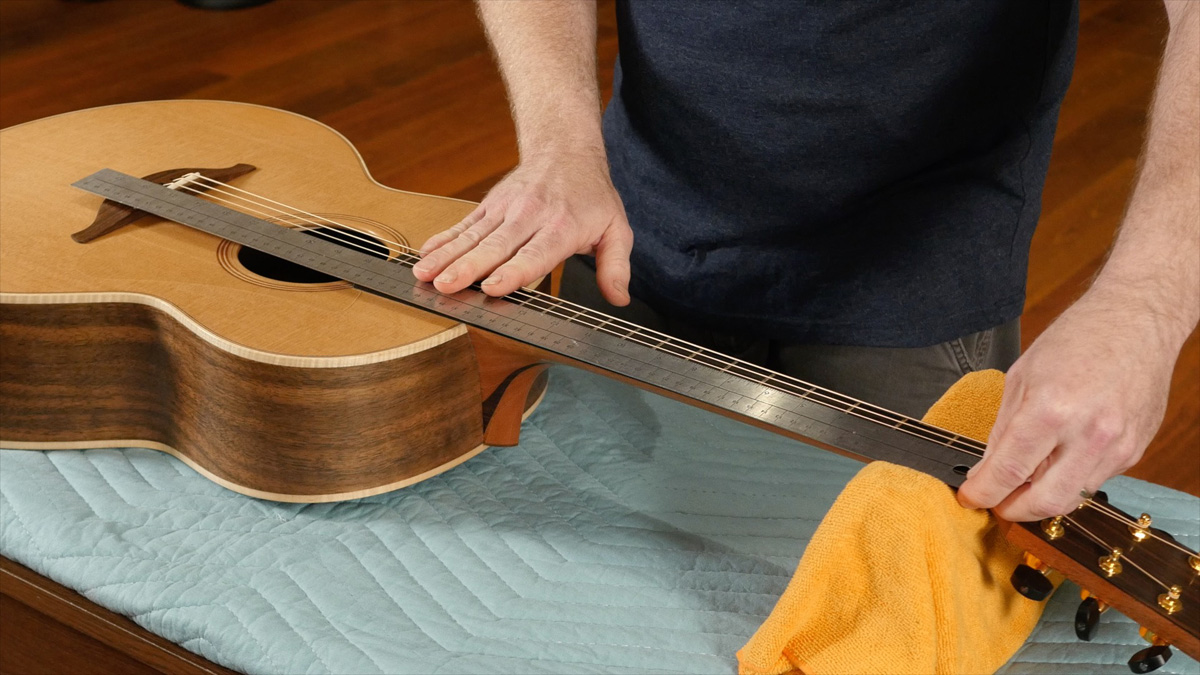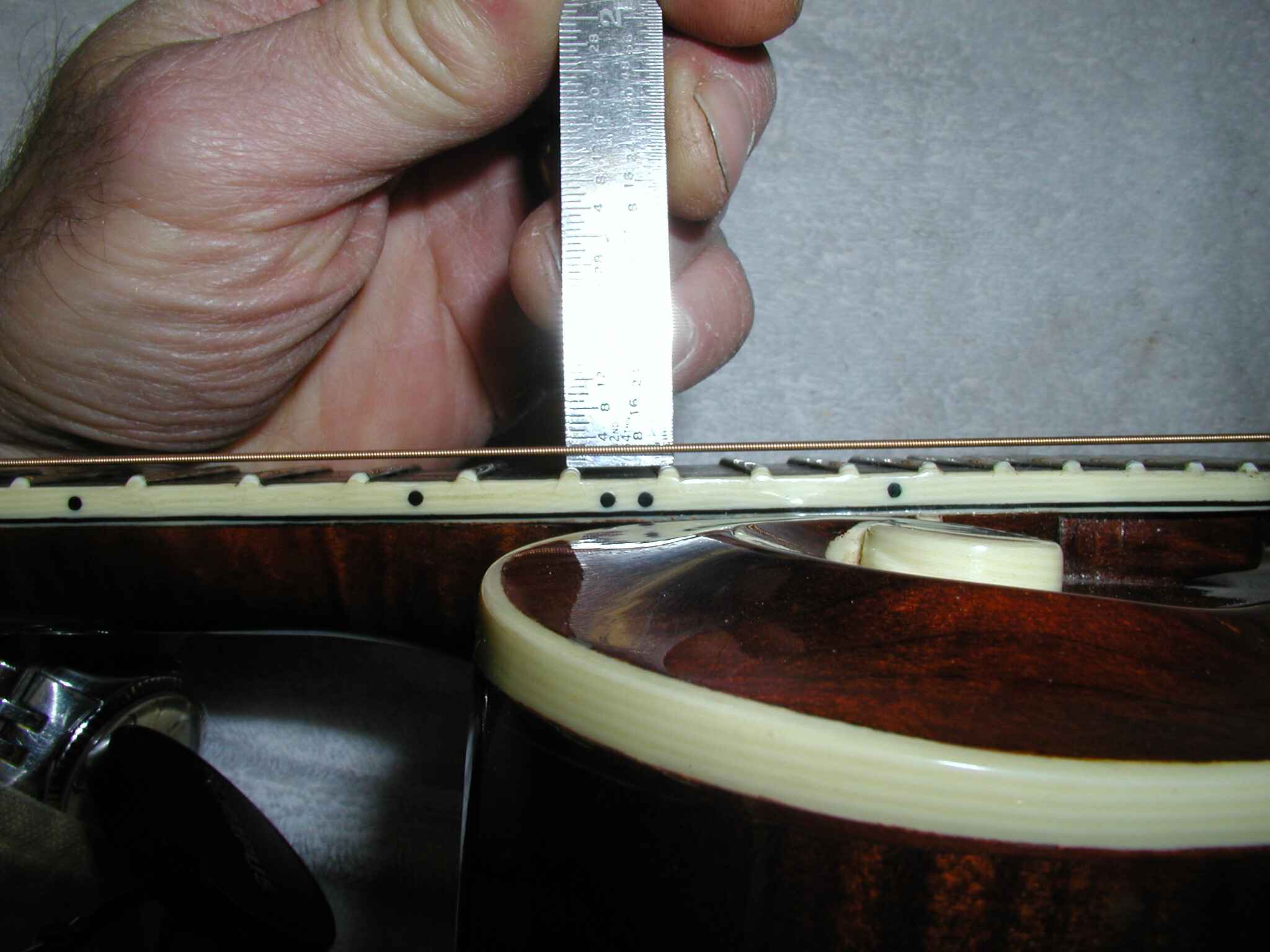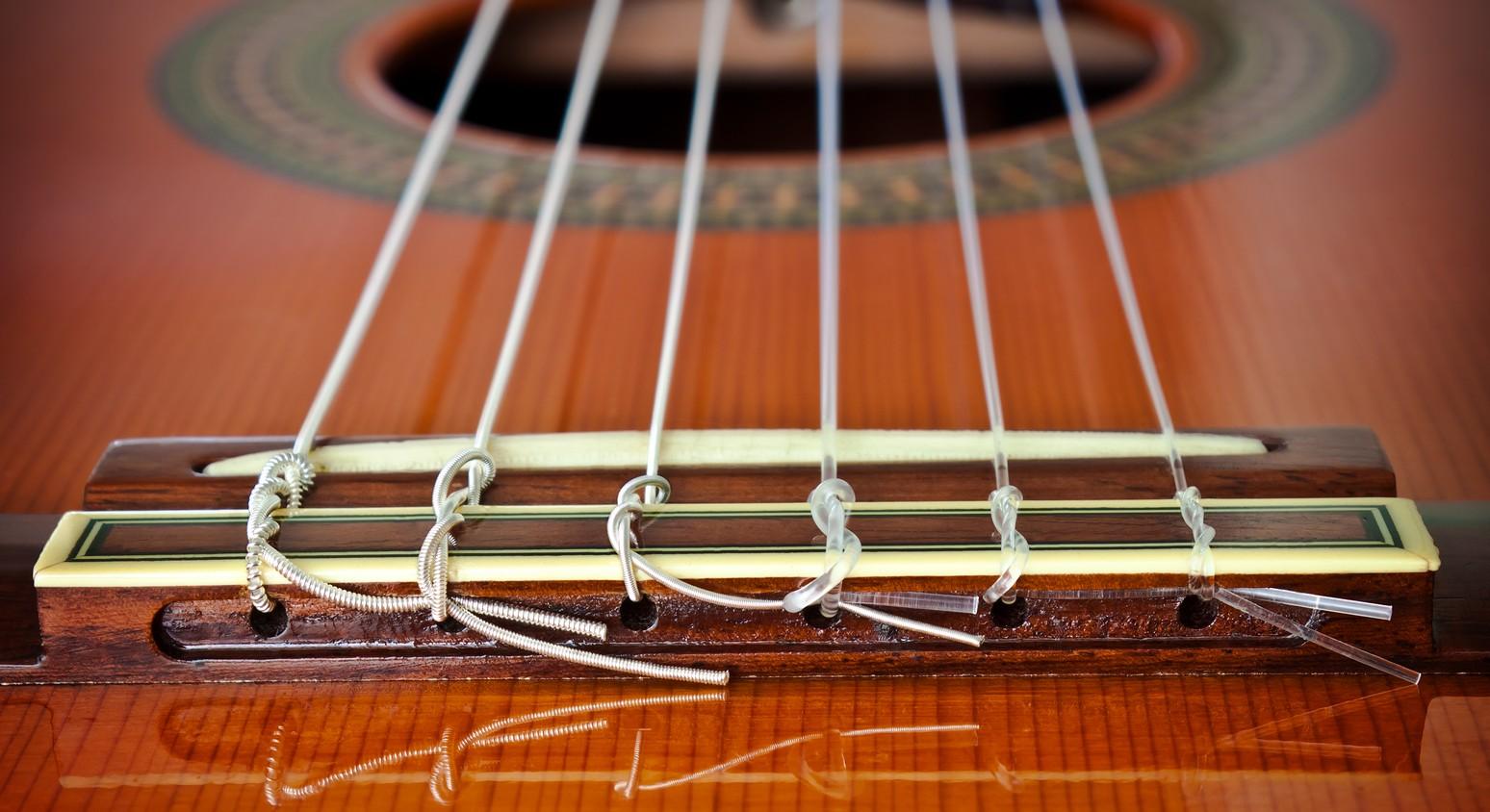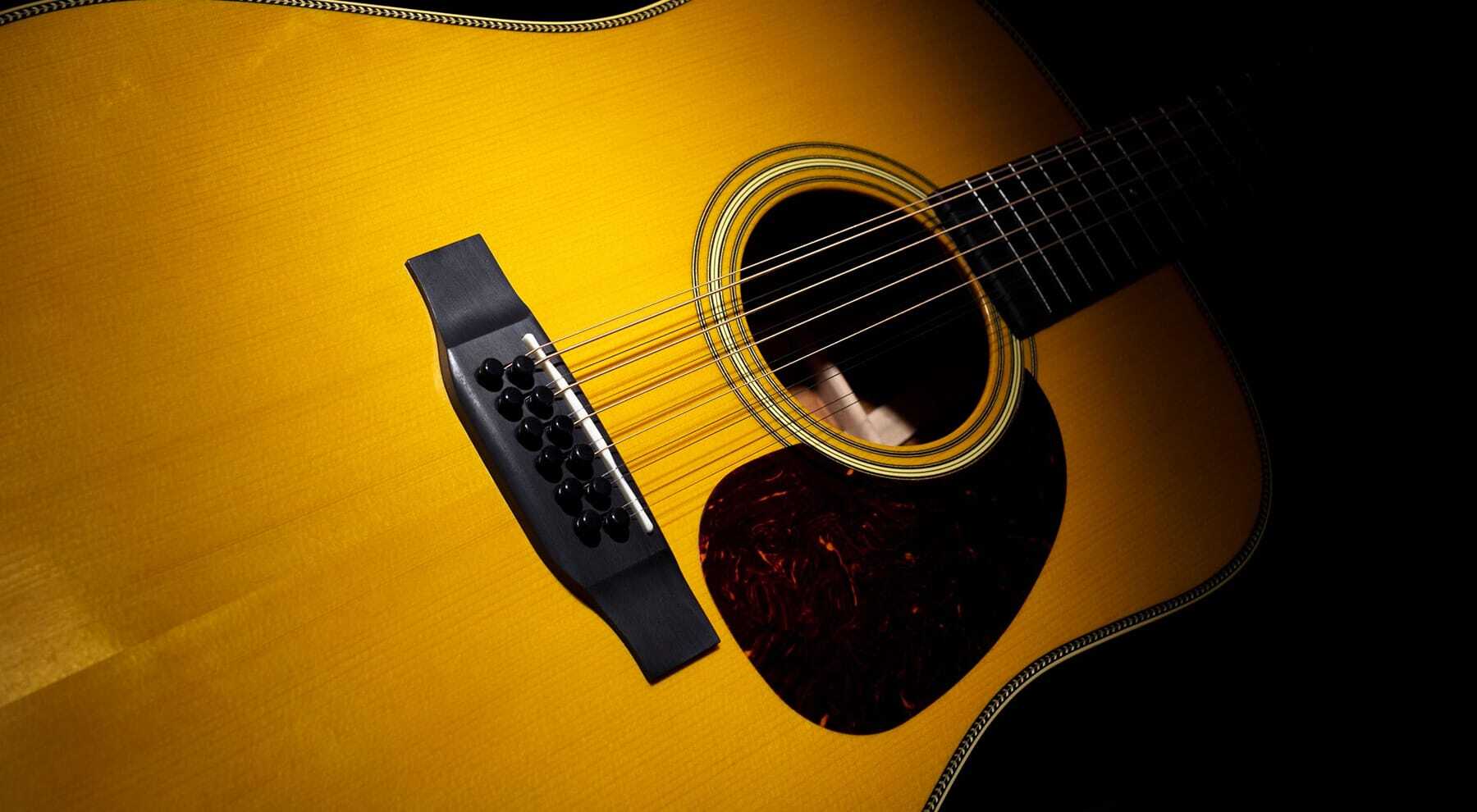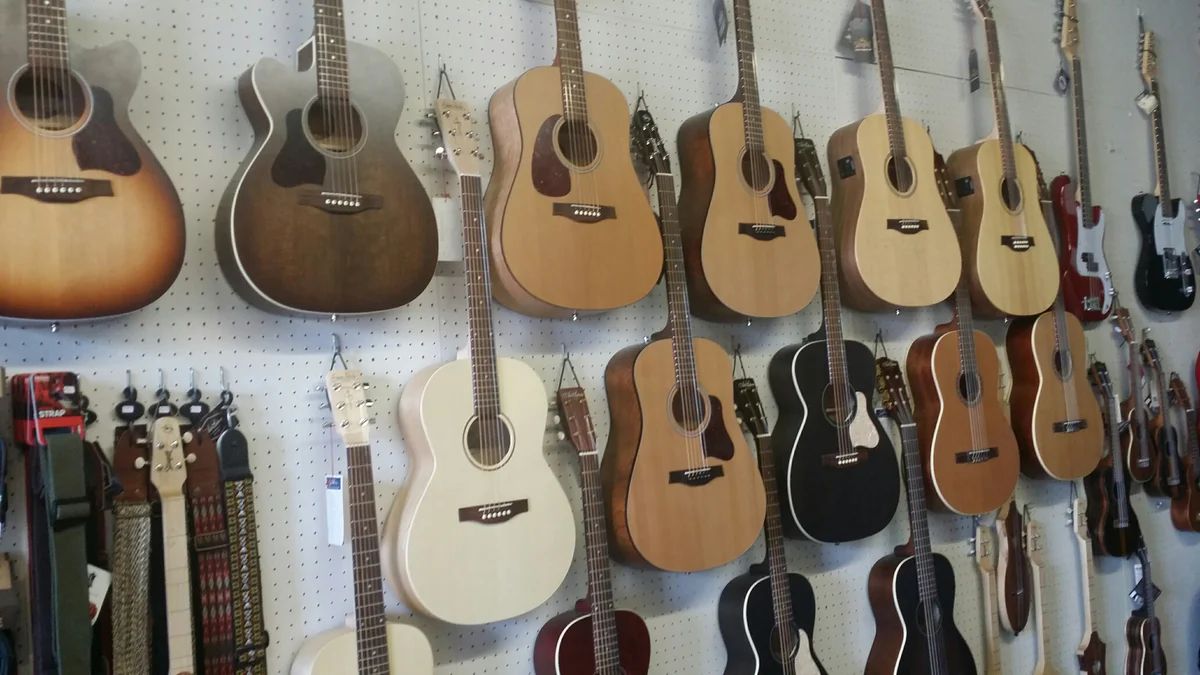Introduction
Playing the acoustic guitar is a delightful experience, and selecting the right strings is crucial for achieving the perfect sound. The gauge of the strings plays a significant role in determining the playability, tone, and overall performance of the instrument. Understanding the differences between light, medium, and heavy gauge strings is essential for every guitarist, whether they are beginners or seasoned players. This article will delve into the nuances of string gauges for acoustic guitars, providing valuable insights to help you make an informed decision when choosing the best strings for your instrument.
Selecting the appropriate string gauge for your acoustic guitar is a decision that should not be taken lightly. Each gauge offers distinct characteristics that can significantly impact your playing experience and the sound produced by your instrument. By gaining a deeper understanding of the nuances associated with light, medium, and heavy gauge strings, you can make an informed decision that aligns with your playing style, preferences, and musical aspirations.
Whether you are drawn to the bright and responsive tones of light gauge strings, the balanced and versatile nature of medium gauge strings, or the robust and resonant qualities of heavy gauge strings, this article will provide you with valuable insights to guide your selection. Understanding the factors that influence the choice of string gauge, such as playability, tone, and the impact on your guitar's neck and body, will empower you to make a well-informed decision that enhances your playing experience and brings out the best in your acoustic guitar.
Understanding String Gauge
String gauge refers to the thickness of the strings on an acoustic guitar, typically measured in thousandths of an inch. Lighter gauge strings have thinner diameters, while heavier gauge strings are thicker. The gauge of the strings directly impacts the tension they exert on the guitar’s neck and the amount of force required to fret and bend the strings. Understanding the nuances of string gauge is essential for selecting the most suitable set of strings for your playing style and musical preferences.
Lighter gauge strings, such as extra light and custom light, offer lower tension and are easier to fret and bend. They produce a bright and vibrant tone, making them ideal for fingerstyle playing and genres that require intricate picking techniques. In contrast, heavier gauge strings, including medium and heavy, exert higher tension and produce a fuller, more robust sound. These strings are well-suited for strumming and flatpicking, providing enhanced projection and sustain.
It’s important to note that the choice of string gauge can also influence the playability of the guitar. Light gauge strings are often favored by beginners and those with smaller hands, as they require less finger strength to produce clear notes and chords. On the other hand, experienced players may appreciate the added resistance and dynamic range offered by medium and heavy gauge strings, allowing for greater expression and tonal versatility.
Furthermore, the gauge of the strings can impact the guitar’s neck relief and overall setup. Lighter gauge strings exert less tension on the neck, requiring a lower action for comfortable playability. Heavier gauge strings, however, may necessitate adjustments to the guitar’s truss rod and bridge to accommodate the increased tension and prevent fret buzz. Understanding the implications of string gauge on the instrument’s setup is crucial for maintaining optimal playability and ensuring that the guitar performs at its best.
Light Gauge Strings
Light gauge strings, also known as extra light and custom light, are characterized by their thinner diameters and lower tension compared to medium and heavy gauge strings. Typically, light gauge acoustic guitar strings range from .010 to .054 in terms of string thickness. These strings are favored by many guitarists for their ease of playability, bright tonal characteristics, and suitability for various playing styles.
One of the primary advantages of light gauge strings is their reduced tension, which makes them well-suited for fingerstyle playing and intricate picking techniques. The lower resistance of these strings allows for effortless fretting and bending, making them ideal for beginners and players with smaller hands. Additionally, the lighter tension contributes to a more responsive and dynamic sound, enhancing the articulation of individual notes and chords.
Light gauge strings are renowned for their bright and vibrant tonal qualities, which can add a sparkling clarity to melodic passages and arpeggios. The balanced frequency response of these strings allows for clear and articulate treble notes, making them particularly well-suited for genres such as folk, pop, and indie acoustic music. Furthermore, the lighter gauge contributes to a more delicate and nuanced tonal palette, allowing for expressive phrasing and subtle variations in dynamics.
It’s important to consider the impact of light gauge strings on the overall setup of the guitar. The reduced tension of these strings may necessitate adjustments to the instrument’s truss rod, bridge, and nut to maintain optimal playability and intonation. Additionally, the lower tension can result in a softer feel under the fingers, providing a comfortable playing experience for extended practice sessions and performances.
While light gauge strings offer numerous benefits, it’s essential to be mindful of their limitations, particularly in terms of projection and sustain. Due to their lower tension and thinner diameters, light gauge strings may produce less volume and resonance compared to medium and heavy gauge strings, especially when strummed vigorously. However, for players seeking a nimble and responsive feel with bright, articulate tones, light gauge strings are an excellent choice that can inspire creativity and musical exploration.
Medium Gauge Strings
Medium gauge strings, also referred to as custom medium or light medium, strike a balance between the lighter tension of light gauge strings and the increased resonance of heavy gauge strings. Typically ranging from .013 to .056 in diameter, medium gauge strings offer a versatile and well-rounded tonal profile that appeals to a wide range of acoustic guitar players. These strings provide a blend of playability, projection, and tonal richness, making them suitable for various musical styles and playing techniques.
One of the defining characteristics of medium gauge strings is their balanced tension, which offers a responsive feel under the fingers while providing enhanced projection and sustain compared to light gauge strings. The slightly thicker diameters of medium gauge strings contribute to a fuller and more robust sound, making them well-suited for strumming, flatpicking, and rhythmic chord progressions. The increased tension of medium gauge strings also facilitates expressive bending and dynamic playing, allowing for nuanced phrasing and emotive performances.
Medium gauge strings are favored by many acoustic guitarists for their versatility across different musical genres. They offer a balanced frequency response, with articulate treble notes, resonant midrange, and defined bass frequencies. This tonal balance makes medium gauge strings suitable for genres such as rock, blues, country, and singer-songwriter music, where a well-defined and expressive sound is essential for conveying the emotional depth of the music.
While medium gauge strings provide enhanced projection and tonal richness, they also offer a comfortable playing experience for many guitarists. The balanced tension of these strings strikes a middle ground between the lighter feel of light gauge strings and the increased resistance of heavy gauge strings, catering to players who prefer a responsive yet substantial tactile experience while fretting and bending notes.
It’s important to consider the impact of medium gauge strings on the guitar’s setup and playability. The increased tension of these strings may require adjustments to the instrument’s truss rod, bridge, and nut to maintain optimal intonation and string action. Additionally, the tonal characteristics of the guitar may be influenced by the use of medium gauge strings, with a potential for enhanced resonance and depth across the instrument’s tonal spectrum.
Heavy Gauge Strings
Heavy gauge strings, also known as medium heavy or custom heavy, are characterized by their thicker diameters and higher tension compared to light and medium gauge strings. Ranging from .014 to .059 in thickness, heavy gauge strings offer a robust and resonant tonal profile, making them well-suited for players seeking enhanced projection, sustain, and a powerful sonic presence from their acoustic guitar.
One of the primary advantages of heavy gauge strings is their ability to produce a full-bodied and dynamic sound with pronounced bass frequencies and rich harmonic resonance. The increased tension and thicker diameters of these strings contribute to a greater volume and projection, making them ideal for players who engage in aggressive strumming, fingerstyle percussive techniques, and genres that demand a commanding acoustic presence, such as bluegrass and heavy acoustic rock.
Heavy gauge strings are renowned for their ability to deliver exceptional sustain, allowing notes and chords to ring out with clarity and depth. The higher tension of these strings provides a solid foundation for expressive bending and dynamic playing, enabling players to extract a wide range of tonal nuances and emotive textures from their instrument. Additionally, the robust nature of heavy gauge strings lends itself well to alternate tunings and open chord voicings, facilitating the exploration of rich, resonant harmonic landscapes.
While heavy gauge strings offer unparalleled projection and tonal depth, it’s important to consider their impact on the guitar’s setup and playability. The increased tension exerted by heavy gauge strings may necessitate adjustments to the instrument’s truss rod, bridge, and nut to maintain optimal string action and intonation. Additionally, the greater physical resistance of these strings may require a period of adjustment for players accustomed to lighter gauge strings, as the increased finger strength and dexterity needed to fret and bend the strings may initially present a challenge.
Furthermore, heavy gauge strings are well-suited for guitars with larger body shapes, such as dreadnoughts and jumbos, as the increased tension and resonance complement the inherent volume and tonal depth of these instruments. When paired with the right guitar, heavy gauge strings can unlock a commanding and expressive sonic palette, allowing players to harness the full acoustic potential of their instrument and make a powerful musical statement.
Factors to Consider When Choosing String Gauge
When selecting the appropriate string gauge for your acoustic guitar, several factors should be taken into consideration to ensure that the chosen strings align with your playing style, musical preferences, and the characteristics of your instrument. Understanding these factors will empower you to make an informed decision that enhances your playing experience and brings out the best in your guitar.
- Playing Style: Your preferred playing style influences the choice of string gauge. If you primarily engage in fingerstyle playing and intricate picking techniques, light gauge strings may offer the responsiveness and articulation you seek. Conversely, if you favor strumming, flatpicking, or aggressive rhythmic playing, medium or heavy gauge strings may provide the projection and tonal depth required for these techniques.
- Tonal Preferences: Consider the tonal characteristics you wish to emphasize in your playing. Light gauge strings are known for their bright and articulate tones, making them suitable for genres that require clarity and nuance. Medium gauge strings offer a balanced tonal profile with enhanced projection, while heavy gauge strings provide a full-bodied and resonant sound with pronounced bass frequencies and exceptional sustain.
- Instrument Resonance: The tonal qualities of your guitar, including its body shape, tonewood, and construction, can influence the choice of string gauge. Lighter gauge strings may complement guitars with a more delicate tonal character, while heavier gauge strings can enhance the resonance and volume of instruments with larger body shapes and robust tonal profiles.
- Neck and Body Response: The impact of string gauge on the guitar’s neck relief, action, and overall setup should be considered. Lighter gauge strings exert less tension on the neck and may require a lower action for comfortable playability, while heavier gauge strings may necessitate adjustments to maintain optimal string action and prevent fret buzz.
- Player Comfort: Your physical comfort and playing experience are crucial factors in selecting the right string gauge. Lighter gauge strings are often favored by beginners and those with smaller hands due to their ease of playability, while experienced players may appreciate the added resistance and dynamic range offered by medium and heavy gauge strings.
By carefully evaluating these factors and their implications for your playing style and instrument, you can make a well-informed decision when choosing the best string gauge for your acoustic guitar. Whether you prioritize playability, tonal versatility, or enhanced projection, the right string gauge can elevate your musical expression and inspire new creative possibilities.
Conclusion
Choosing the ideal string gauge for your acoustic guitar is a decision that significantly impacts your playing experience and the sonic characteristics of your instrument. Whether you opt for the bright and responsive tones of light gauge strings, the balanced versatility of medium gauge strings, or the robust resonance of heavy gauge strings, each gauge offers unique qualities that cater to different playing styles and musical genres.
Understanding the nuances of string gauge, including its influence on playability, tonal characteristics, and the guitar’s setup, is essential for every guitarist. By considering factors such as playing style, tonal preferences, instrument resonance, neck and body response, and player comfort, you can make an informed decision that aligns with your musical aspirations and enhances your creative expression.
It’s important to recognize that the choice of string gauge is a personal one, shaped by individual preferences, playing techniques, and the sonic qualities that resonate with you as a musician. Whether you seek the delicate articulation of light gauge strings, the balanced projection of medium gauge strings, or the commanding presence of heavy gauge strings, your selection should reflect your musical identity and the sonic landscape you wish to explore.
Ultimately, the journey of selecting the best string gauge for your acoustic guitar is an opportunity to discover new tonal possibilities, refine your playing technique, and unlock the full sonic potential of your instrument. Embracing the diverse characteristics of light, medium, and heavy gauge strings allows you to tailor your playing experience, express your musical voice, and embark on a captivating sonic adventure that resonates with your unique artistic vision.







